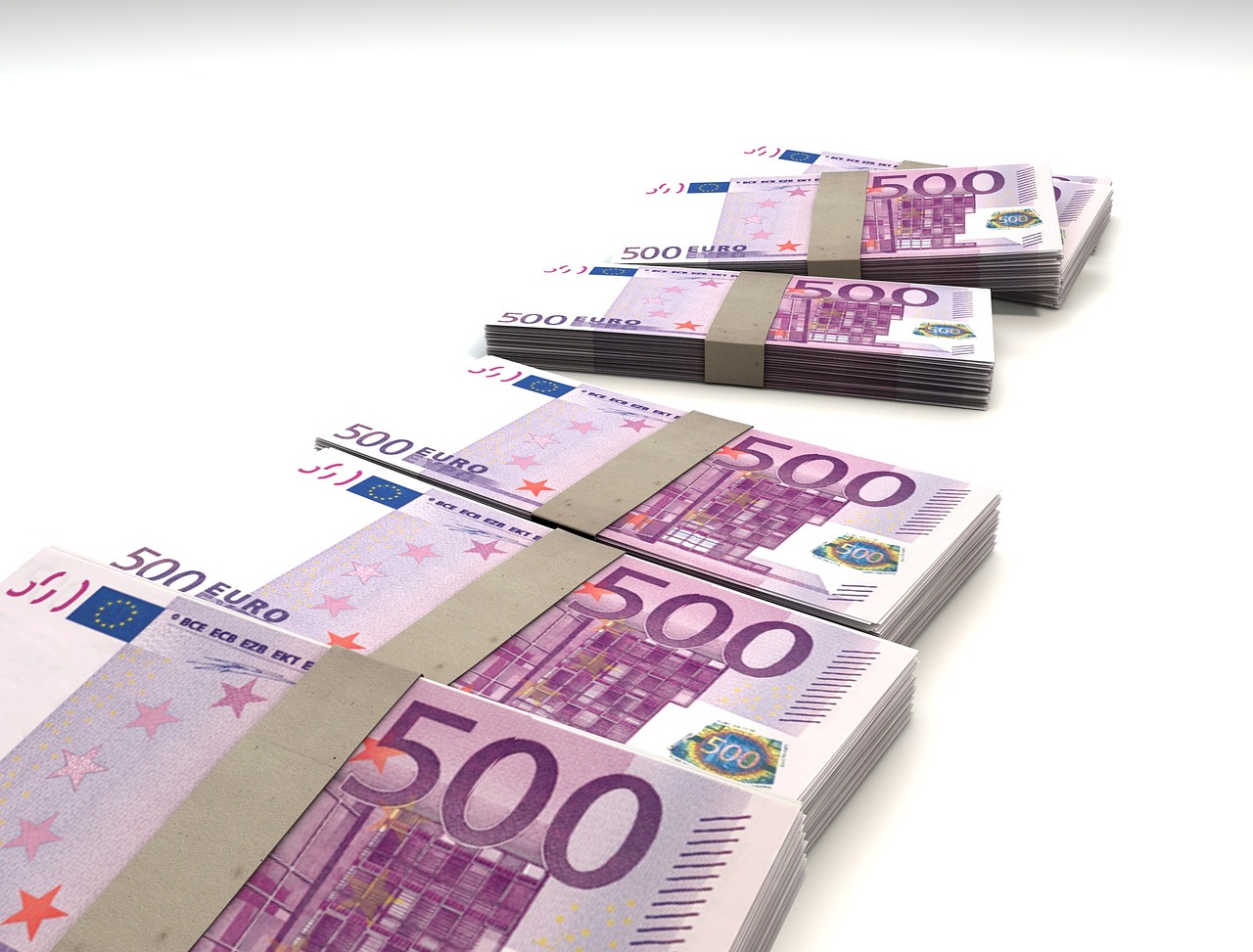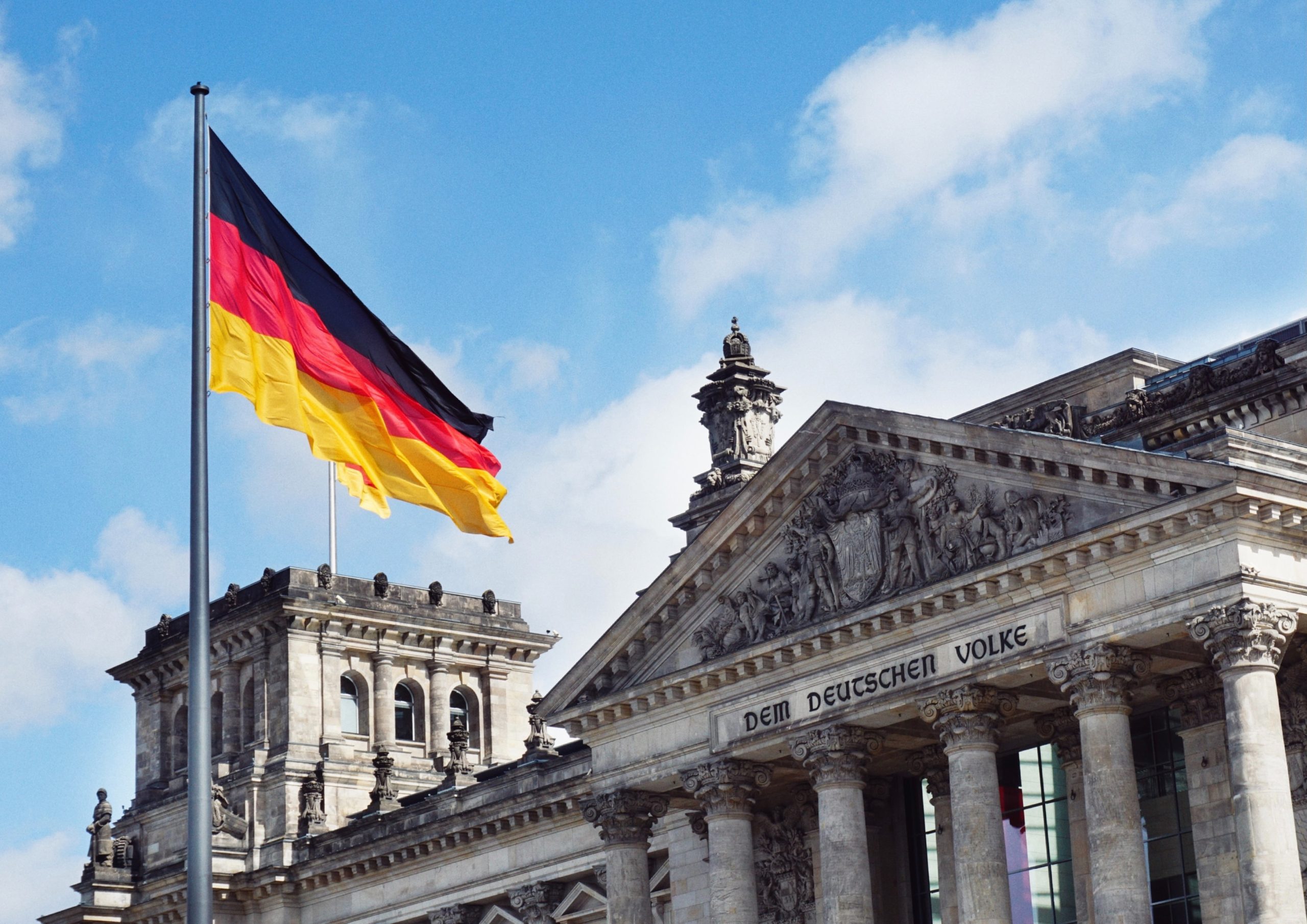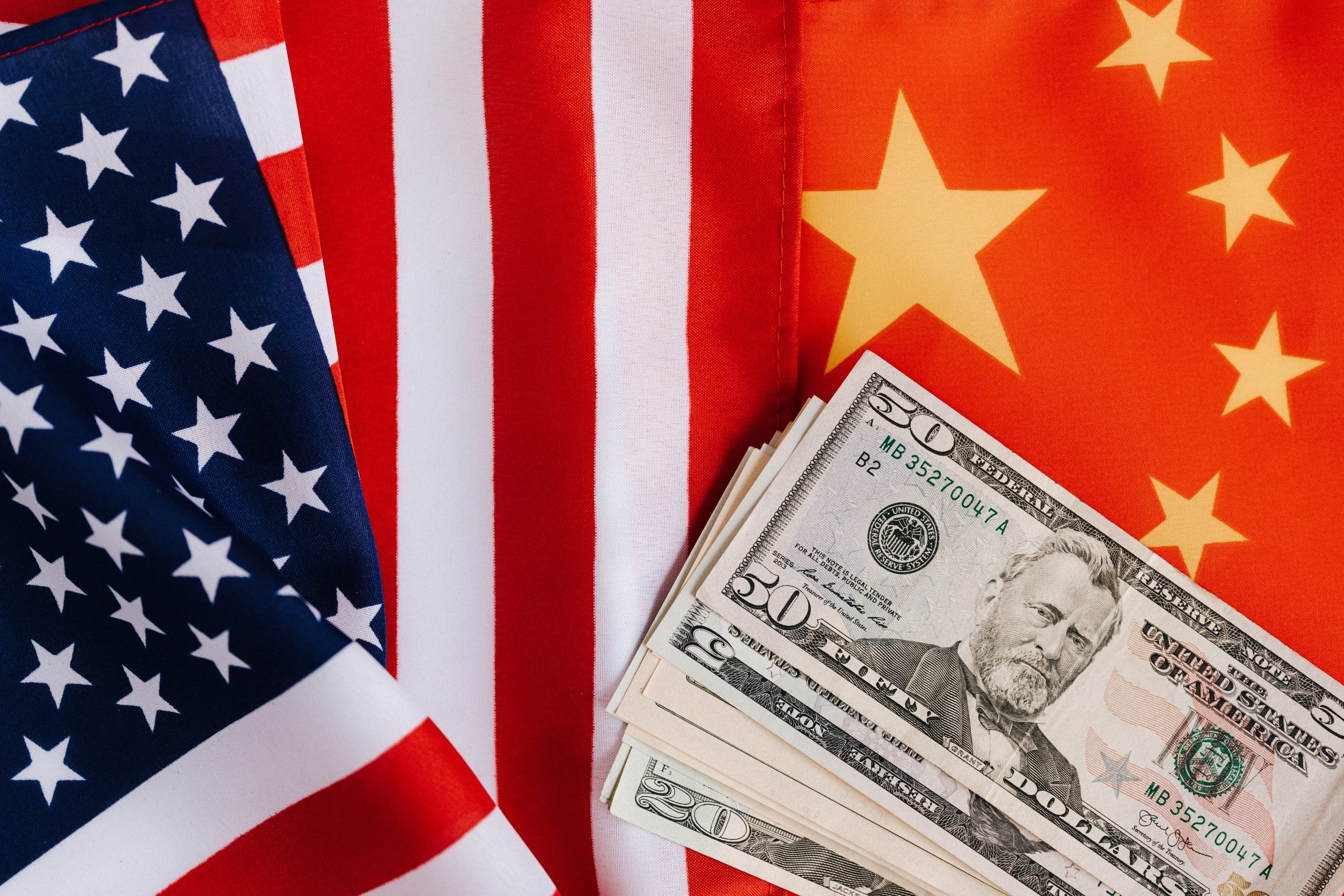Are you tired of seeing your dollar’s value drop against the Euro? Well, it seems like the tables have turned! The Euro is making a comeback against the dollar, and it’s time for us to take notice. In this blog post, we’ll delve into why and how this is happening, what factors are contributing to this shift in currency power dynamics, and what it means for global markets. So grab your coffee (or tea), sit back and let’s explore why the Euro – once considered an underdog – is now giving the dollar a run for its money!
The current state of the Euro
The euro has been on a roll lately, gaining ground against the dollar and other major currencies.
There are a number of factors driving this trend, including the European Central Bank’s (ECB) aggressive quantitative easing program and improving economic conditions in the eurozone.
ECB President Mario Draghi has made it clear that the bank is committed to do whatever it takes to support the euro and stave off deflation. This reassurance has helped to boost confidence in the currency.
Meanwhile, data shows that the eurozone economy is slowly but surely recovering from its debt crisis. Business activity is picking up, unemployment is falling, and inflation is starting to rise.
All of these factors are giving investors more reason to buy euros, pushing up its value against the dollar.
Reasons for the Euro’s recent success
1. The European Central Bank’s aggressive monetary stimulus has helped to boost growth and inflation in the Eurozone.
2. The ECB’s decision to wind down its bond-buying program has been well-received by investors, who see it as a sign of confidence in the Eurozone economy.
3. The European Union has made progress in resolving some of the political and economic risks that had been weighing on the Euro, such as the UK’s decision to leave the EU and the Greek debt crisis.
4. Economic conditions in the United States have moderated, making the Euro look more attractive relative to the dollar.
5. The Trump administration’s policies are seen as being harmful to the global economy, which has also benefited the Euro.
How long will the Euro’s resurgence last?
The Euro has been on a tear against the dollar since early 2017, and many experts are wondering how long the trend will continue. While it’s tough to make definitive predictions, there are a few factors that suggest the Euro’s resurgence could last for quite some time.
First, the European Central Bank is widely expected to begin scaling back its aggressive stimulus measures in 2018. This should help to support the Euro by making it less necessary for investors to seek higher-yielding alternatives elsewhere.
Second, European economic growth is forecast to outpace that of the United States in 2018. This should help to further support the Euro as investors seek out currencies with better prospects for appreciation.
Finally, it’s worth noting that the current environment of low interest rates and strong economic growth is generally supportive of riskier assets like stocks and commodities. As long as these trends remain in place, there’s a good chance that the Euro will continue to outperform the dollar.
What does this mean for the future of the Dollar?
The fall of the dollar has been predicted for years, but it has always managed to hold its own. However, with the recent rise of the euro, many are wondering if this is finally the beginning of the end for the dollar.
So far this year, the euro has gained nearly 10% against the dollar. This is a significant shift, and it seems to be driven by a variety of factors. First, there is growing confidence in the euro zone after years of economic turmoil. This has led to increased investment in Europe, which has helped push up the value of the euro.
Second, there are concerns about the long-term prospects for the US economy. The current trade dispute with China is weighing on growth, and there are fears that President Trump’s policies could eventually lead to inflation. This has made investors more cautious about holding dollars, and instead they are turning to currencies like the euro that are seen as being more stable.
Finally, there is simply more demand for euros right now than there is for dollars. This is partly due to all of the factors mentioned above, but it also reflects a broader trend towards European assets in general. Investors are betting that Europe will outperform the US in terms of economic growth over the next few years, and this is driving up demand for euros.
All of these factors together suggest that we could see further gains for the euro against the dollar in the months ahead. If this happens, it could have major implications
Conclusion
In conclusion, the euro is making a comeback against the dollar due to the weakening of America’s economy and its declining global influence. The Eurozone countries are working together in ways that will help stimulate economic growth and development, while also providing stability for their currency. This is good news for both Europeans and those who want to invest in Europe as it means there could be more attractive opportunities available than ever before. By continuing to monitor developments between the two currencies, investors can make sound decisions about when it might be advantageous to exchange dollars for euros or vice versa.











